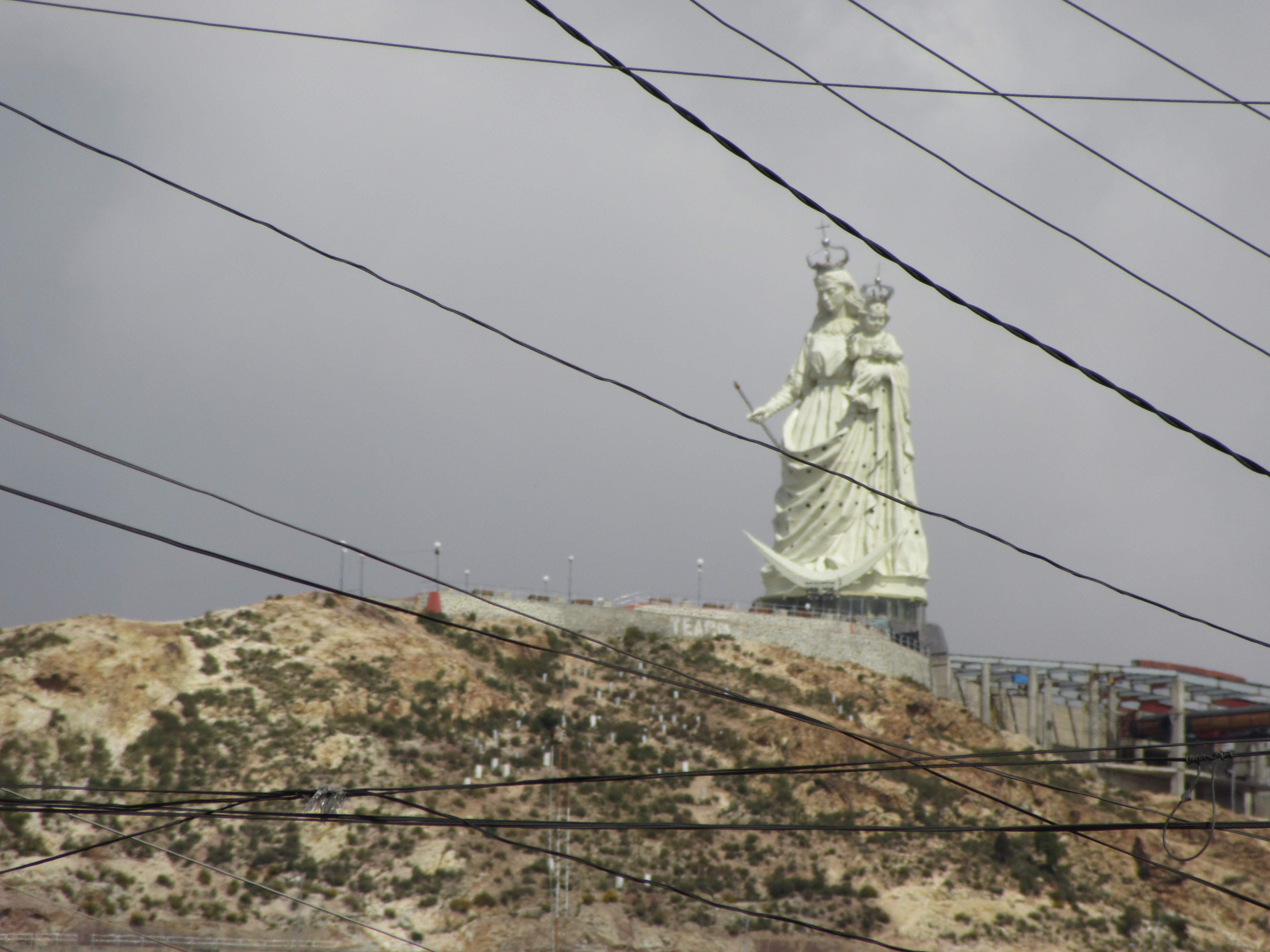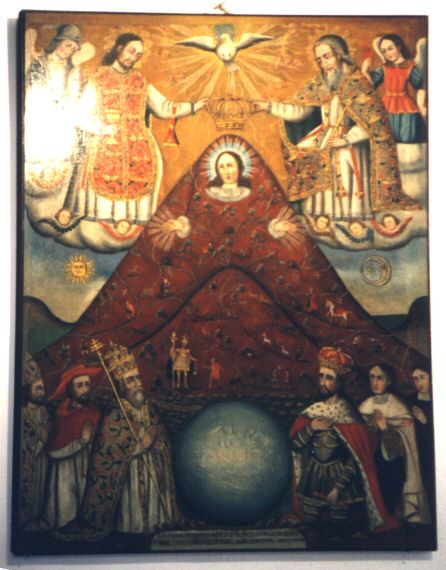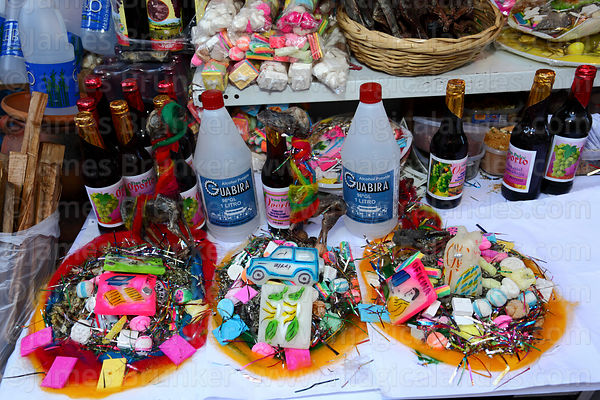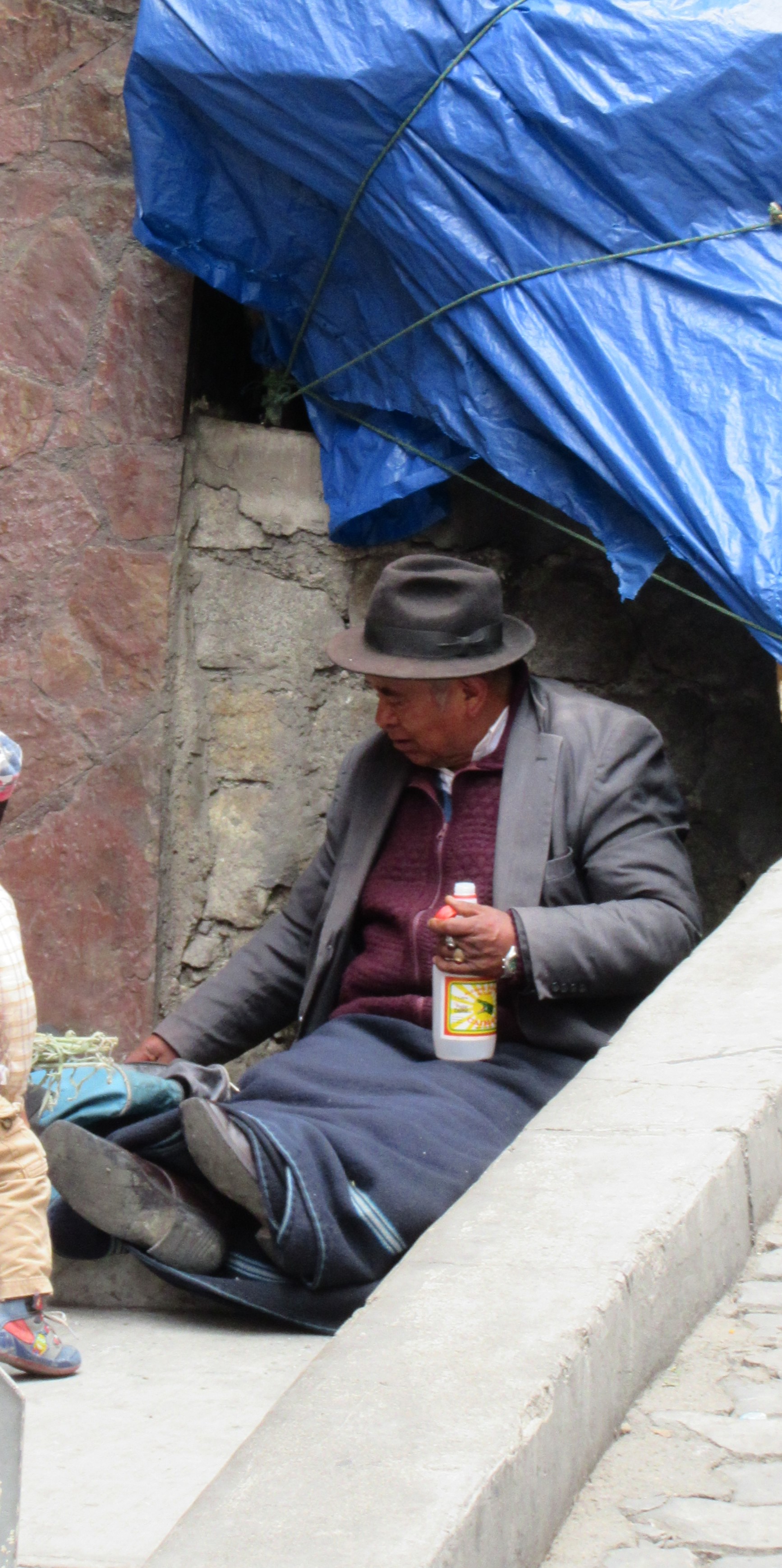Backpacking is far from the glamorous Instagrams of beaches. Getting from town to town is an endless task that sucks up days of your trip. Sure, you do get to watch C-list movies like Gifted Hands the Ben Carson movie or the one about the girl who falls into a tree and meets Jesus. However the majority of movies are super graphic, filled with both sex and violence. As for getting any sleep on these will-they-or-won’t-they* buses, abandon all hope. While Peru has nice buses akin to driving around in reclinable lay-z-boys, Ecuador prefers tiny, dirty seats with bad movies and blasting music. Bolivian buses are slightly better, tiny dirty seats without music; don’t worry, your fellow riders will blast music on their cellphones to make you feel at home.

This time Eric and I decided to skip all that. The 12 hour overnight bus ride from La Paz to Uyuni was traded for a two-part trip. A four-hour bus ride from La Paz to Oruro, followed by an eight-hour train ride to Uyuni. Our trip would take two days instead of one night but hopefully our comfort during those days would make up for it.
The fairly nondescript bus ride ended in the fairly nondescript town of Oruro. With the exception of its annual carnival, Oruro is off the tourist track in Bolivia. This meant that while there where no “attractions” to explore, we got to wander around the markets eating street foods and making friends with the juice ladies. Oruro is a mining town and the fifth largest city in Bolivia; its skyline is dominated by a statute of Mary taller than Cristo Redentor in Rio, looking down on her town’s streets bursting with stalls selling shaman supplies.

Of the three countries we traveled to, Bolivia has most openly held on to its traditional religion. A mix of Catholicism and traditional beliefs, many Bolivians divide their life events in half—those for the church and those for Pachamama, Mother Earth. Depictions of Mary in the Andes show her in large, voluminous robes drifting around her in a pyramid shape. This is no accident as she is meant to look like a mountain, as Pachamama. If a Bolivian wants to get in Pachamama’s good graces they might draft a shaman to assist. You can’t go to a shaman empty-handed so be sure to stop by your local street stall to pick up some coca leaves, sugar cubes in special shapes, a new offering burner, maybe a llama fetus if it’s a big ask, and definitely some of Bolivia’s finest 99% alcohol. After bringing these items to the Shaman** and agreeing on a fee, it’s time to get reading.

The Shaman will do a reading resembling fortune-telling using a coin and coca leaves. As the Shaman tells your fortune and listens to your requests, they will be drinking the bottle of 99% alcohol you brought, intermittently pouring it to the ground as an offering to Pachamama. The Shaman will then tell the customer what they need to make an offering to Pachamama to fix their woes. This can be a guinea pig to slaughter, a dried llama fetus or more commonly bright-colored candies and glitter in the shape of what you are seeking. These bundles are then wrapped up and burned by the Shaman, who will wave the smoke of the burning bundle around the customer.

To my chagrin, I never participated in an Andean ceremony with a Shaman. I was fascinated by how much of the local religious tradition had been preserved here in Bolivia. Much of this was thanks to Bolivian President-for-life Evo Morales who decriminalised coca leaves and overturned Catholicism as the official region of the nation. Evidence of traditional religion can be found in destination cities like La Paz and Potosi. Our brief time in Oruro was an opportunity to get off the bus and into a more traditional way of life. Now only if Pachamama liked a nice farmhouse ale, that’s a goddess I can get behind.
* Fall off a cliff.
** Shamen can be both men and women.

Be First to Comment